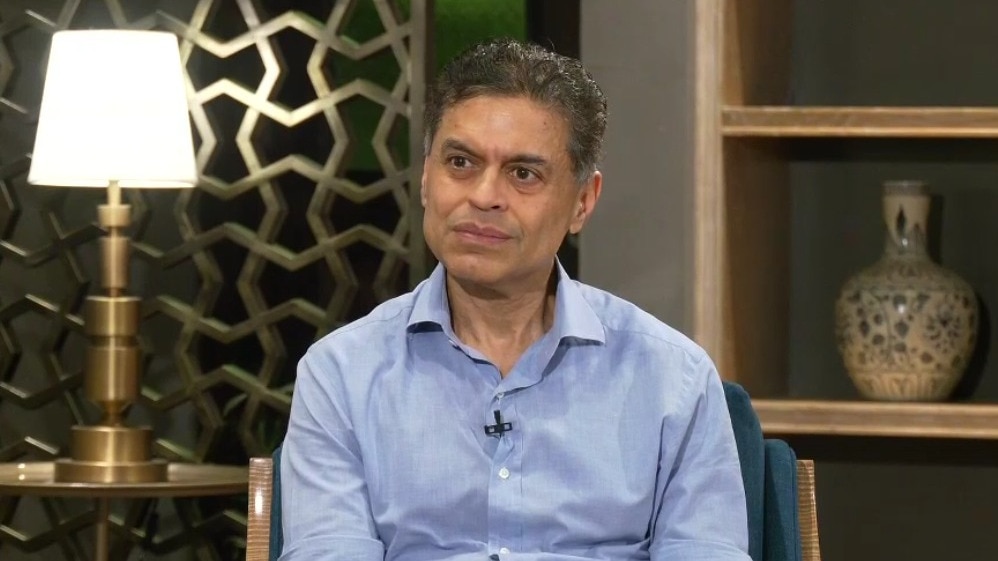US President-elect Donald Trump has vowed to restructure government agencies and slash bureaucracy, setting up the Department of Government Efficiency with billionaire executive Elon Musk and tech entrepreneur and former Republican presidential contender Vivek Ramaswamy at the helm.
Nicknamed DOGE after an internet meme and Musk’s favourite cryptocurrency, it will not be a federal department. Instead, Trump said, it will “provide advice and guidance” from outside the executive branch and work closely with the White House’s Office of Management and Budget to propose cuts.
But why does Trump want to dismantle government bureaucracy, scrap excess regulations, and cut wasteful spending?
AIMING FOR A LEANER GOVERNMENT
Trump's vow to reduce federal bureaucracy is rooted in his belief that the US government’s large workforce—around 2 million-strong—is bloated and a breeding ground for corruption and inefficiency.
It is also a direct response to voter dissatisfaction with the economy and the current state of federal spending and regulatory oversight.
Following his re-election, Trump has doubled down on the need for major government reform. By cutting bureaucracy, he hopes to streamline decision-making and eliminate what he terms “wasteful expenditures.”
LONG TIME IN THE MAKING
This is not Trump's first attempt at restructuring the federal government.
During his first term, he initiated a government reorganisation initiative that led to numerous agency restructuring proposals, although most of these were either abandoned or not implemented by Congress.
Trump also issued an executive order creating Schedule F, a category of political appointees aimed at making it easier to fire career civil servants and replace them with loyalists. However, this was rolled back by President Biden shortly after he took office.
FEDERAL AGENCIES, WORKERS TO GET THE AXE
With DOGE, Trump aims to build on his past experiences and adopt a more calculated approach to reform​.
A key component of his plan is the potential elimination of certain federal agencies, with the Department of Education being a prime target.
He has proposed using federal funding as leverage to influence educational policies, such as abolishing tenure and adopting merit pay for teachers, and to eliminate programs he deems inappropriate, like those related to Critical Race Theory or gender ideology.
Trump has repeatedly mentioned the presence of "corrupt actors" within the federal government, whom he aims to root out. A possible return to Schedule F and the proposed restructuring under DOGE are intended to make it easier to replace career civil servants with individuals more loyal to the administration's agenda.
POWER PLAYERS: MUSK AND RAMASWAMY
Putting Elon Musk and Vivek Ramaswamy in charge of the DOGE is key to Trump's strategy, as both leaders bring experience in downsizing operations.
Musk, who reduced Twitter’s workforce by 80 per cent after acquiring the micro-blogging platform, has suggested cutting at least $2 trillion from the federal budget. He has also said the number of federal agencies should be pared down from over 400 to 99.
Ramaswamy, a wealthy investor and biotech CEO, has advocated for drastic reductions in the federal workforce, suggesting cuts of up to 75 per cent. This aligns with Trump's broader aim to streamline government operations and reduce what he sees as unnecessary bureaucratic layers.
REGULATORY CUTS AND EXECUTIVE POWER
Trump's plan also involves significant cuts to regulations, which he believes will stimulate economic growth. He has pledged to remove obstacles to fossil fuel production, open all federal lands for exploration, and reduce utility bills by deregulating energy sectors.
This approach is designed to strengthen executive branch influence and reduce the power of federal bureaucrats.
ROCKY ROAD AHEAD
Trump has committed to wrap up these reforms by July 4, 2026—America's 250th Independence Day. However, his ambitious goals have been met with pushback, not to mention the immense challenges that lie ahead. Experts question the authority and operational powers of DOGE, given it is not an official government department.
There are also concerns about the potential impact on essential government services, the environment, and worker protections, as critics argue that the proposed cuts could undermine critical regulatory safeguards.
Published By:
Devika Bhattacharya
Published On:
Nov 17, 2024

 5 days ago
5 days ago
















